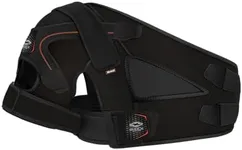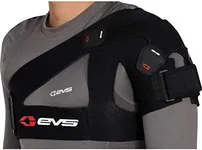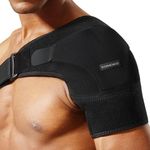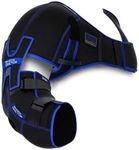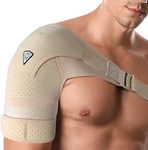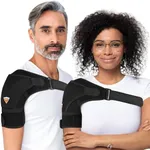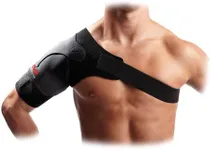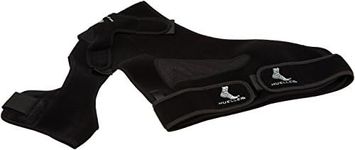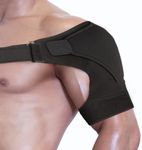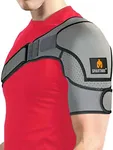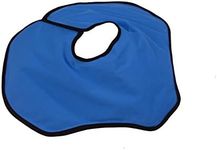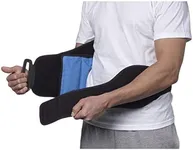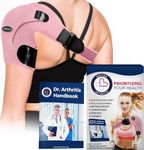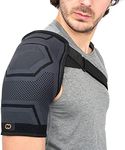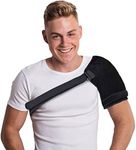Buying Guide for the Best Shoulder Support Braces
Choosing the right shoulder support brace can make a significant difference in your recovery and comfort. Whether you're dealing with an injury, chronic pain, or looking for extra support during physical activities, it's important to understand the key features and specifications of shoulder braces to make an informed decision. Here are the main aspects to consider when selecting a shoulder support brace.Support LevelThe support level of a shoulder brace indicates how much stabilization and restriction of movement it provides. This is important because different injuries and conditions require varying degrees of support. Light support braces are suitable for minor injuries or preventative measures, offering flexibility and comfort. Moderate support braces provide more stabilization and are ideal for conditions like tendonitis or mild sprains. Maximum support braces are designed for severe injuries or post-surgery recovery, significantly limiting shoulder movement to promote healing. Choose the support level based on the severity of your condition and the recommendation of your healthcare provider.
AdjustabilityAdjustability refers to the ability to customize the fit of the shoulder brace. This is crucial for ensuring comfort and effectiveness. Braces with multiple adjustable straps allow you to fine-tune the fit to your body shape and size, providing better support and reducing the risk of further injury. Look for braces with easy-to-use Velcro straps or buckles. If you have fluctuating swelling or need to wear the brace for extended periods, adjustability becomes even more important to maintain comfort and proper support.
MaterialThe material of the shoulder brace affects both comfort and durability. Common materials include neoprene, which is flexible and provides good insulation, and breathable fabrics like mesh, which are lighter and allow for better air circulation. If you have sensitive skin or plan to wear the brace for long periods, look for hypoallergenic and moisture-wicking materials to prevent irritation and discomfort. The right material will depend on your personal comfort preferences and any specific skin sensitivities you may have.
Size and FitSize and fit are critical for the effectiveness of a shoulder brace. A brace that is too tight can restrict blood flow and cause discomfort, while one that is too loose will not provide adequate support. Most braces come in various sizes, and some are one-size-fits-all with adjustable features. To find the right size, measure your shoulder circumference and compare it to the sizing chart provided by the manufacturer. Ensure the brace fits snugly but comfortably, allowing for a full range of motion within the support limits.
Ease of UseEase of use refers to how simple it is to put on and take off the shoulder brace. This is particularly important if you have limited mobility or need to adjust the brace frequently. Look for braces with clear instructions and features like front closures or quick-release straps. If you plan to wear the brace during activities, consider how easily you can adjust it on the go. A user-friendly design will ensure you can use the brace effectively without additional assistance.
PurposeThe purpose of the shoulder brace should align with your specific needs. Some braces are designed for general support and can be used for various conditions, while others are specialized for specific injuries like rotator cuff tears, dislocations, or post-surgery recovery. Consider what you need the brace for—whether it's for injury prevention during sports, managing chronic pain, or aiding in recovery. Understanding the intended use will help you choose a brace that provides the appropriate level of support and functionality.
